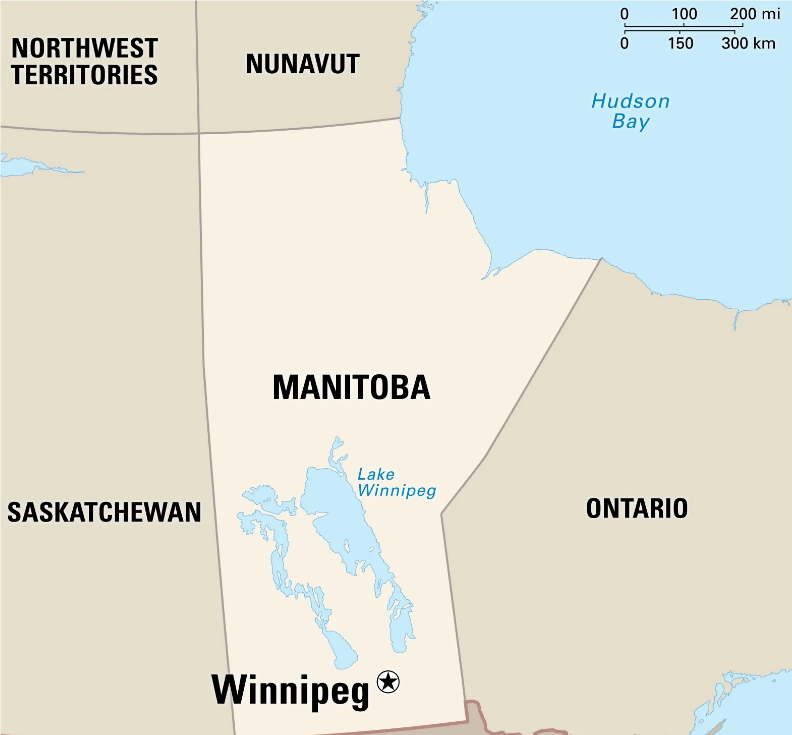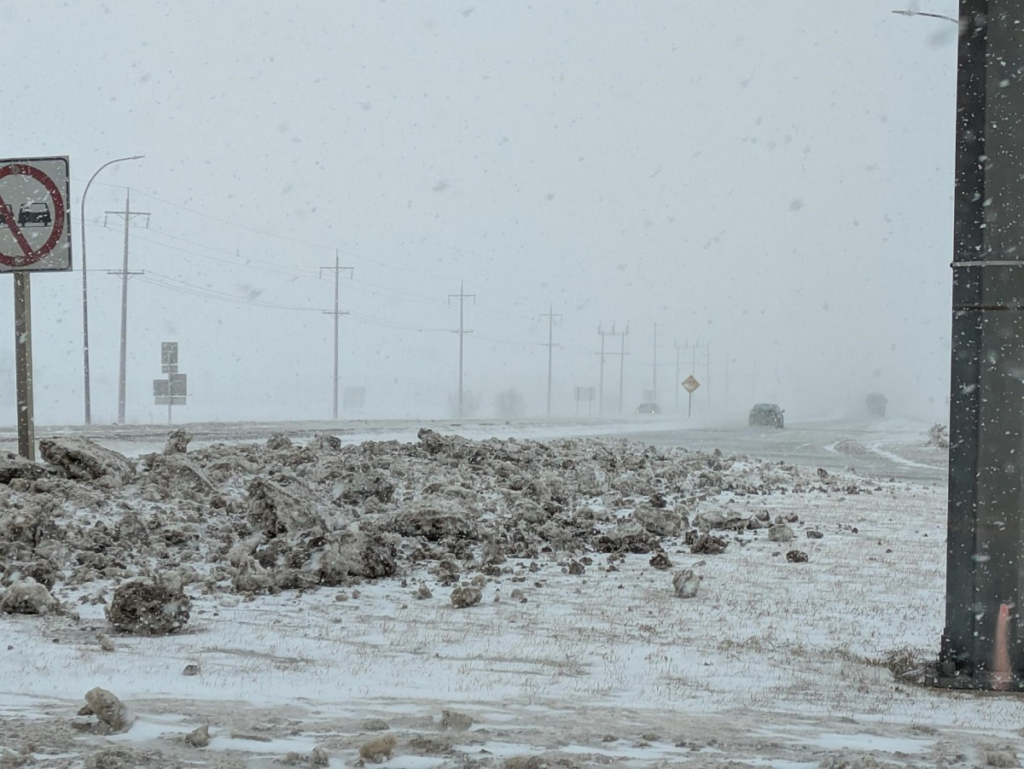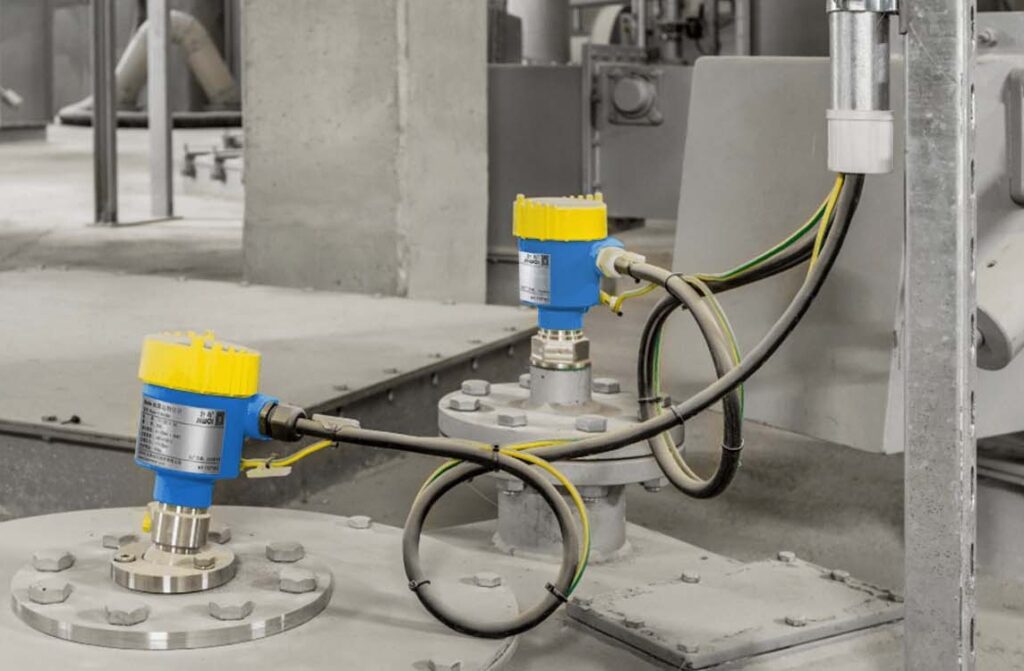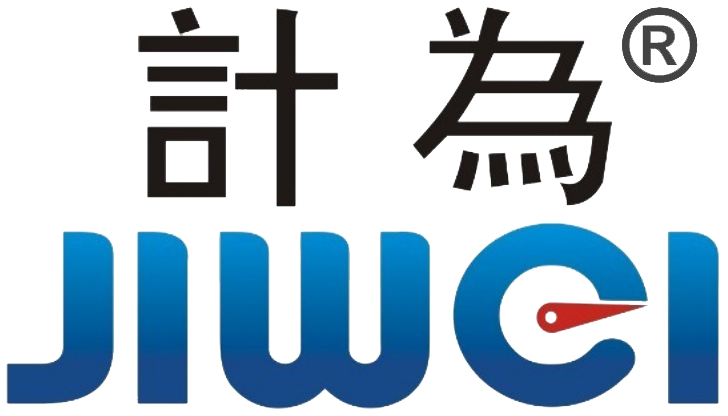Why Radar Level Sensors Outperform in Extreme Cold: Real Results from Manitoba
In frigid environments like rural Manitoba, Canada, where winter temperatures frequently plunge below -30°C, reliable liquid level measurement becomes a critical yet often overlooked operational challenge. While traditional level sensing technologies like ultrasonic sensors falter due to frost and ambient temperature fluctuations, radar level sensors continue to offer uninterrupted, accurate level readings—even in harsh winter weather.

This article explores how radar-based level measurement technology, such as Jiwei’s 80GHz radar level meters, maintains reliability, accuracy, and zero-maintenance performance in extreme low-temperature environments, helping industrial facilities operate smoothly year-round.
The Critical Need for Cold-Weather Level Measurement
Manitoba’s northern and central regions, such as Thompson, often experience extended periods where daytime highs remain below freezing for months. In these conditions, outdoor tanks and vessels—commonly used in water treatment, chemical storage, or agriculture—still require precise liquid level monitoring for operational continuity and environmental compliance.

Traditional non-contact technologies like ultrasonic level transmitters rely on the transmission and reflection of sound waves. These are significantly affected by:
- Frost accumulation on the sensor face
- Temperature gradients between the fluid surface and ambient air
- Heavy snow or ice buildup
- Condensation from warm internal contents
When these factors interfere with measurement, operations are forced to compensate using insulated enclosures, heaters, or redundant manual checks—adding cost and complexity to an already demanding environment.
Radar Level Sensors: Engineered for the Extremes
Unlike ultrasonic transmitters, radar level sensors operate using high-frequency electromagnetic waves, which are impervious to frost, steam, or condensation. Jiwei’s 80GHz radar level sensors, specifically engineered for harsh process environments, offer the following advantages:
| Feature | Jiwei 80GHz Radar Level Sensor |
|---|---|
| Frequency Band | 80GHz (FMCW technology) |
| Temperature Range | -40°C to + 220°C |
| Measuring Range | Up to 120 meters |
| Beam Angle | Narrow 3° for focused targeting |
| Housing Protection | IP67, fully sealed |
| Antenna Design | PFA/316L+PTFE for frost and chemical resistance |
Real-World Application: Extreme Cold in Thompson, Manitoba

A recent installation in Thompson, Manitoba, illustrates the resilience of radar level sensors in Canada’s unforgiving winters. An industrial operator overseeing outdoor chemical storage tanks faced consistent failures with ultrasonic transmitters during January and February. Despite using heated enclosures and manual defrosting, ultrasonic devices regularly lost signal due to frost and ice accumulation.
In contrast, once Jiwei’s 80GHz radar level sensors were installed—without enclosures or heaters—the system provided continuous level readings, even during a two-week stretch where temperatures never exceeded -25°C.
Operators noted the following benefits:
- No need for heating or maintenance
- Stable measurement output even during snowfall
- Quick setup via Bluetooth-enabled Jiwei Smart Control app
- No measurement drift due to condensation or frost
Why Radar Technology Works Better

The technical superiority of radar in cold-weather environments stems from how electromagnetic waves behave:
- Unaffected by ambient temperature: Unlike sound waves, radar signals maintain speed and clarity in extreme cold.
- Non-contact & high frequency: At 80GHz, radar offers a narrow beam that avoids wall buildup, steam, or icicles.
- Advanced software compensation: Jiwei’s intelligent processing filters out signal noise caused by frost or snow layers.
Radar sensors also have no moving parts, reducing long-term maintenance needs. When paired with digital display controllers or cloud-based SCADA systems, they offer real-time level feedback with diagnostic data, further streamlining operations.
Enhanced Measurement Accuracy Without Extra Costs
In many cases, radar sensors are comparable in cost to ultrasonic devices, especially when factoring in the eliminated need for heated enclosures, maintenance time, and downtime losses. By choosing radar over ultrasonic in cold climates:
- Total Cost of Ownership (TCO) is significantly reduced
- Installation complexity decreases
- Long-term operational confidence increases
Jiwei’s radar level meters are built for Ex standard compliance, making them suitable for hazardous area installations, such as those requiring explosion-proof ratings in petrochemical storage or mining.
Summary: Radar Is the Go-To for Cold Climate Liquid Level Monitoring
In regions like Manitoba, where winter conditions pose a serious threat to conventional measurement systems, radar level sensors offer a proven, maintenance-free alternative. With accurate readings through frost, snow, and extreme cold, Jiwei’s radar solutions eliminate the need for heaters, reduce downtime, and improve measurement confidence in critical applications.
Key Takeaways
- Radar level sensors outperform ultrasonic sensors in extreme cold by resisting frost, condensation, and temperature shifts.
- Jiwei’s 80GHz radar sensors are optimized for -40°C environments, delivering precise, non-contact measurements.
- Operators in cold regions like Thompson, Manitoba, have eliminated manual maintenance and heating systems after switching to radar.
- Radar technology is cost-effective, accurate, and ideal for regulatory reporting and remote monitoring.

